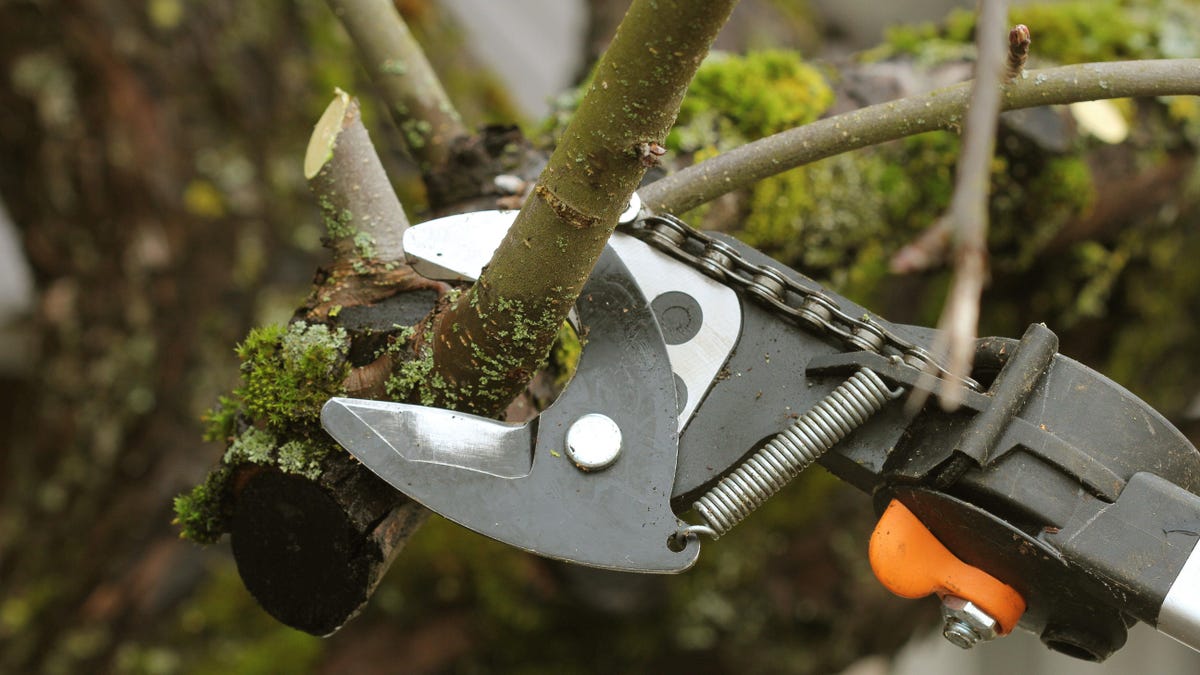How to Disinfect Pruning Tools (and Why You Should Do It)

As part of your fall gardening checklist , you’ll likely prepare your tools and equipment for winter storage. It’s a good idea to wash everything before you put it away, but some tools, such as those used for pruning, can also benefit from disinfection. Here’s what you need to know.
Do I need to disinfect pruning shears?
Pathogens such as bacteria, fungi and viruses can spread between plants, trees and shrubs during pruning. Even if your pruners look clean , that doesn’t necessarily mean those germs aren’t still clinging to the blades and can’t be transferred to the next cut.
While cleaning and disinfecting pruning tools after each use would be ideal, this is not necessarily realistic. But at the very least, be sure to disinfect your blades after working with diseased plants, shrubs or trees, and before putting away your tools for the winter months.
How to Disinfect Pruning Tools
First, wash away dirt, grime, sap and other debris with warm water and mild dishwashing soap or detergent, and if necessary, a stiff brush. If there is dried dirt or debris on the instruments, soak the instruments in soapy water for a few minutes. Allow instruments to dry completely before disinfecting.
Next, select a disinfectant. Some popular options include:
- Alcohol (ethanol or isopropyl) : Either wipe or dip tools in a solution containing 70-100% alcohol – no need to rinse. But be careful: it’s flammable, so find something else if you’re storing it near something that might catch fire.
- Chlorine bleach : Mix one part bleach to nine parts water, soak tools for 30 minutes, then rinse with clean water. Keep in mind that bleach is corrosive and is not as effective against viruses as other products.
- Trisodium phosphates (TSP) : Mix a solution of one part TSP to nine parts water, soak tools for three to five minutes, then rinse with clean water. Be sure to wear gloves (at a minimum) as TSP can irritate your skin.
- Household cleaners : These are convenient, but it is unclear how effective they are against plant pathogens (though they are better than nothing). Follow the instructions on the product label.
- Pine oil : Mix one part pine oil with three parts water, then soak your tools in the solution. It’s not as aggressive as other products, but it’s not as effective either.
Again, let the tools dry completely before storing them.